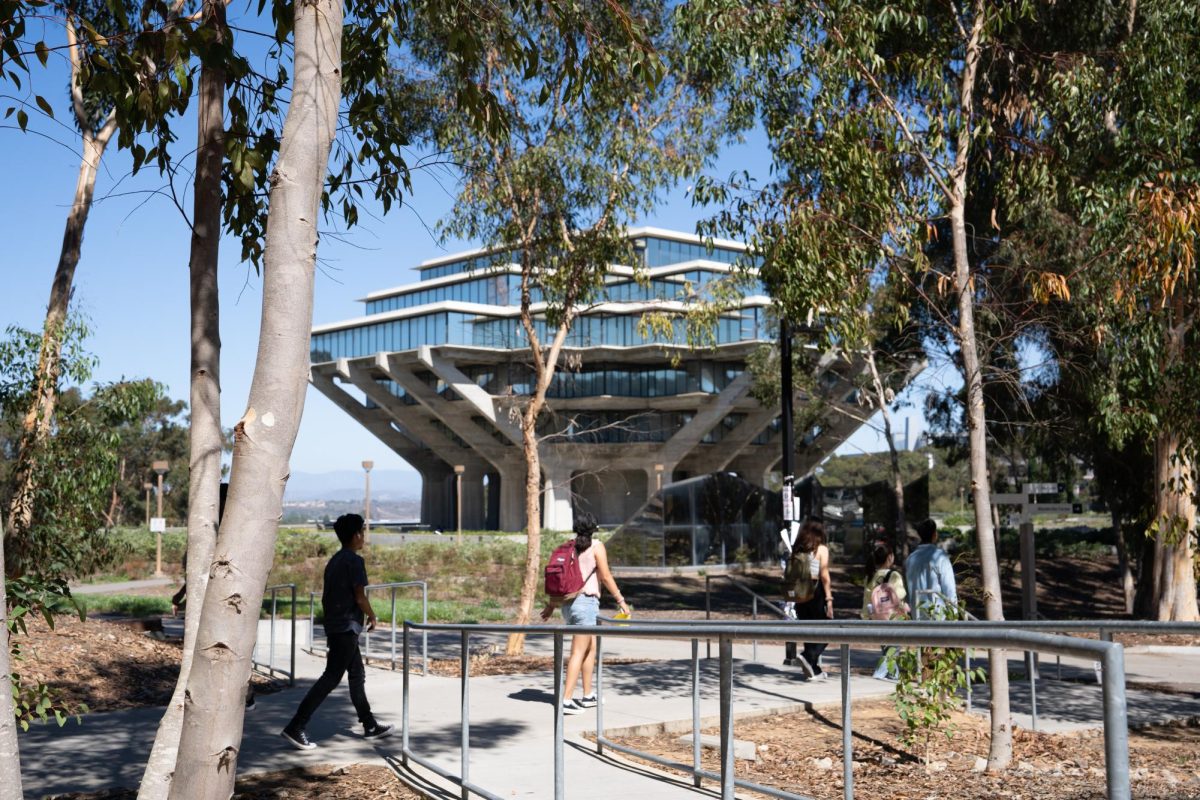The University of California’s Office of Business and Finance announced Jan. 10 that it intends to join the Fair Labor Association while upholding its commitment to the Worker’s Rights Consortium. The UC system’s involvement with the two organizations is a part of its effort to improve labor practices among the companies that make products bearing logos and trademarks of the university or its campuses.
Since August 1998, the university used a set of labor guidelines for licensees that manufacture consumer products with UC logos or trademarks. In January 2000, the university revised its code when an advisory panel of faculty, students and administrators suggested that it strengthen its commitment to fair labor practices.
The code specifies that university licensees and contractors uphold minimum workplace standards related to legal compliance, ethical practices and employment standards. The university has licenses with over 200 companies, including Adidas, Jansport, and Nike.
UC Riverside begins search for chancellor’s replacement
UC President Richard C. Atkinson has appointed an 18-member committee to advise him on selecting a new chancellor for UC Riverside. The committee, composed of UC Regents, students, faculty, alumni and staff, will begin work Jan. 18, when it meets to discuss candidates with leaders in the UC community.
The nationwide search for a successor to Raymond L. Orbach, who has served as UCR’s chancellor since 1992, began in December 2001. Orbach left Riverside after he was nominated to head the Office of Science in the U.S. Department of Energy. Orbach is awaiting confirmation by the U.S. Senate.
C. Judson King, UC provost and senior vice president of academic affairs; Bruce B. Darling, UC senior vice president of university and external relations; and Patrick Hayashi, UC associate president, will act as consultants to the committee.
The committee hopes to select a new chancellor by April.
Scientists find key protein in elastic fiber development
Researchers at UCSD’s Institute of Molecular Medicine have described the crucial role of a protein in elastic fiber development in the human body. According to the study, the fibulin-5 protein serves as a combatant against sagging skin, twisted arteries and some forms of chronic lung disease such as emphysema.
It is unknown how elastic fibers are developed and therefore no method of fiber regeneration is known. However, IMM’s study has caused scientists to speculate about future therapies to battle elastic fiber deficiencies and other characteristics of aging.
Dr. Kenneth Chien served as senior author of the study which can be found in the Jan. 10, 2002 issue of the journal Nature.
Medical center plans trial of ADD and ADHT medicine
UCSD Medical Center announced Jan. 11 a new clinical trial to test a new medicine delivery device used in treating Attention Deficit Disorder and Attention Deficit Hyperactivity Disorder.
The trial will test an experimental skin patch that delivers methlphenidate into the blood stream to patients 6 to 12 years old. Methlphenidate is a critical component of Ritalin, an ADD/ADHT pill.
Researchers will examine how much the patch reduces the spike of methlphenidate levels in the blood stream after Ritalin is ingested. Sudden and dramatic shifts in methlphenidate levels cause side effects such as stomachaches.
Trial coordinators said they expect the patch to also limit social stigma experienced by children associated with going to the school nurse’s office to receive medication.
Computer chips found to hold explosive capabilities
Chemists at UCSD have discovered that silicon wafers, the raw material components in a computer chip, possess explosive properties and can potentially be used in field research of chemical analysis or as power sources for miniature electronic sensors.
Researchers in Dr. Michael J. Sailor’s laboratory fell into the discovery when Frederic V. Mikulec attempted to spilt a porous silicon wafer with a diamond scribe, resulting in a small explosion in Mikulec’s face. The phenomena caught the researcher’s attention when the reaction produced a very clean-burning flame.
Sailor’s staff is using a finely divided form of silicon for its project. The silicon nanocrystal has a maximized surface area, causing it to burn very quickly and thus causing a larger explosion. Silicon also have an advantage over conventional types of explosives because they can be ignited electronically, which in turn can be safer when building military explosives because they would not detonate if dropped. Technical details for some of the project’s applications can be found in the January issue of the German-based journal Advanced Materials.







